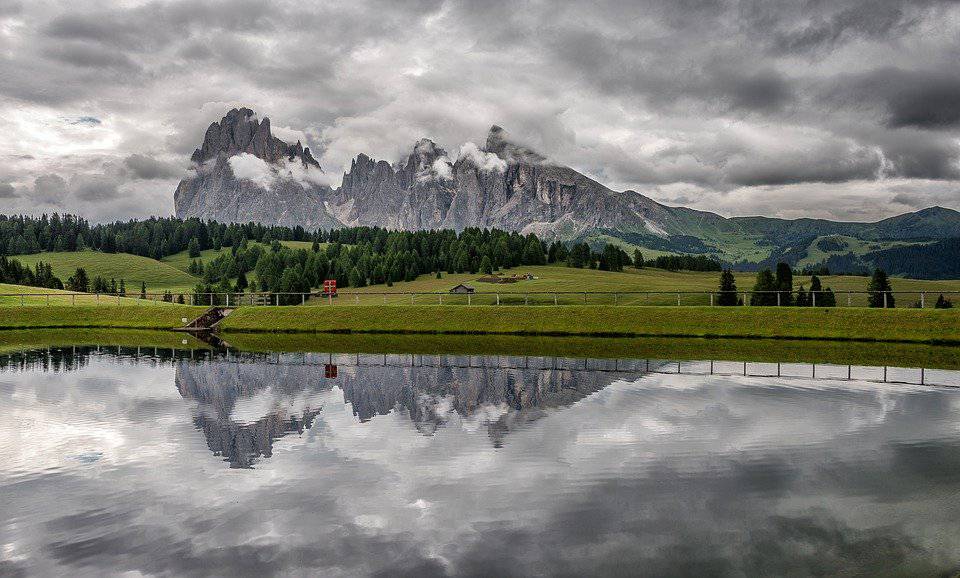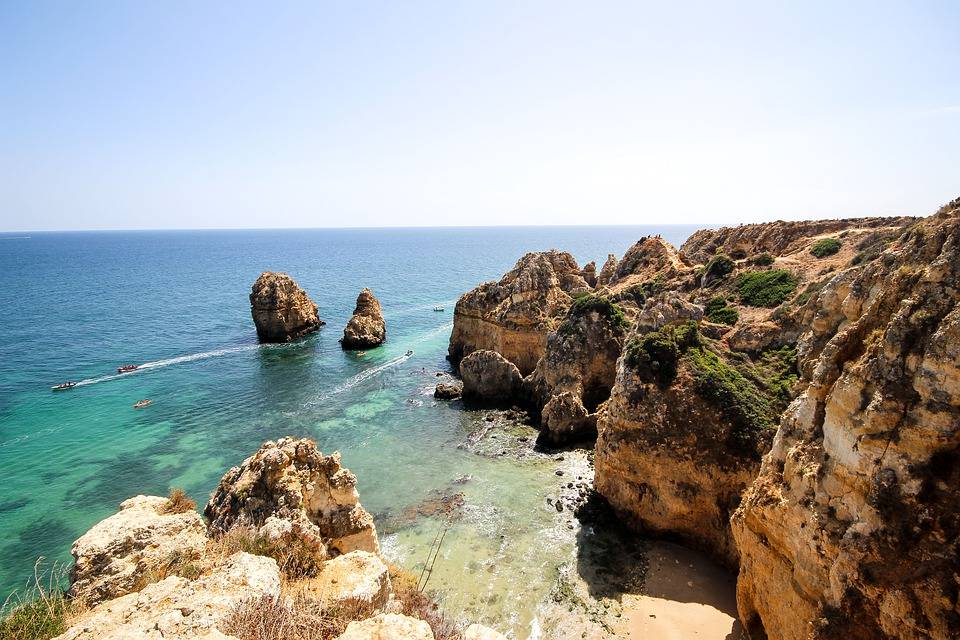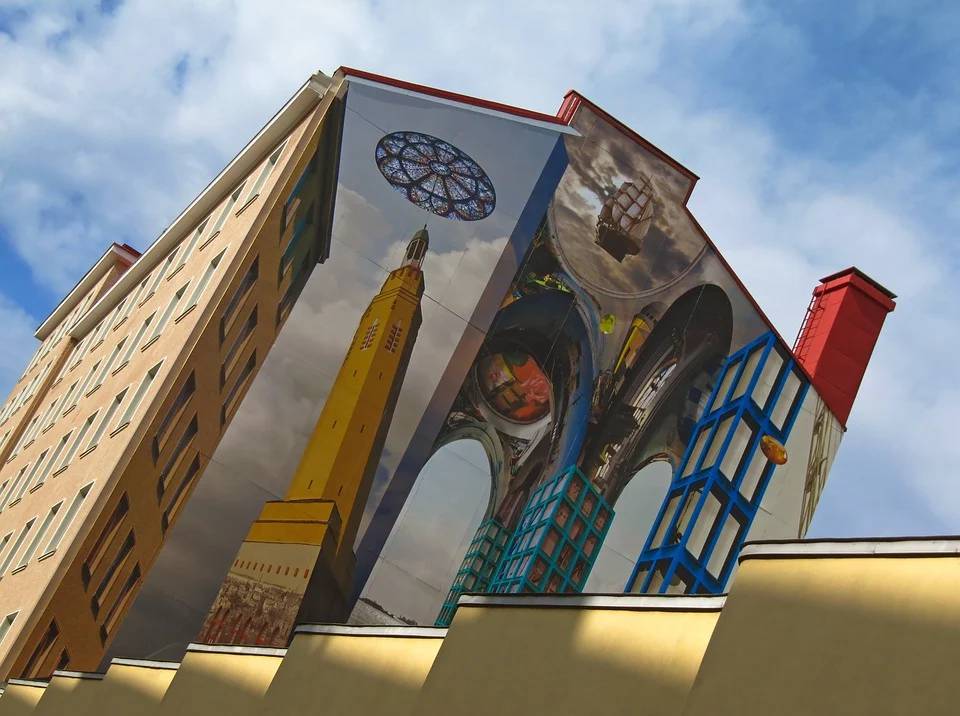Southern Europe
Whereas Western and Northern Europe are known for their homogeneity, Southern Europe is more known for being heterogenous. This region is a melting pot of countries that have contrasting features and cultures, all of which together form an irresistible experience – while maintaining their own distinct flavors.
Close to the Mediterranean Sea, much of Southern Europe enjoys a predominantly calm and gentle climate. It is no secret that this climate is the primary reason why these coastal areas form a major tourist attraction – especially for those looking for a much-needed respite from the harsh winters.
That is not all to this region, though – while the coast is the biggest draw, there are other landscapes that are just as exciting and picturesque. Take for instance the Iberian Peninsula, which boasts tablelands dotted with Paleozoic rocks. And of course, the imposing Alps themselves, along with their mighty runoffs which famously power gigantic hydroelectric stations and maintain the flow of most land-based European rivers.
While resources here are not as abundant as they are in other parts of Europe, the inhabitants make it a point to use available resources in the best way possible. For instance, in the absence of stable land-based electricity in the mountainous areas, the people utilize hydroelectricity and timber-based electricity.
When it comes to the economy, agriculture is in fact the backbone. Over 2/3rd of the inhabitants are involved in this sector directly, and it forms the primary revenue source for almost all of the nations here. The region’s Mediterranean climate helps in the production of many cherished food items such as olives, figs, wheat, grapes and citrus fruits. Most of Europe’s wine and olive oil are, in fact, produced here.
Some facts about Southern Europe:
- The region has some of the highest concentration of endangered avian species –over 381 types of birds nearing extinction, including the Gorgeous Crane, belong here.
- Domestic animals running stray on the streets is a very common sign here, especially outside metropolitan cities.
- Many Latin European countries actually fall within Southern Europe. This includes Spain, Portugal, and Balkan nations such as Croatia.












